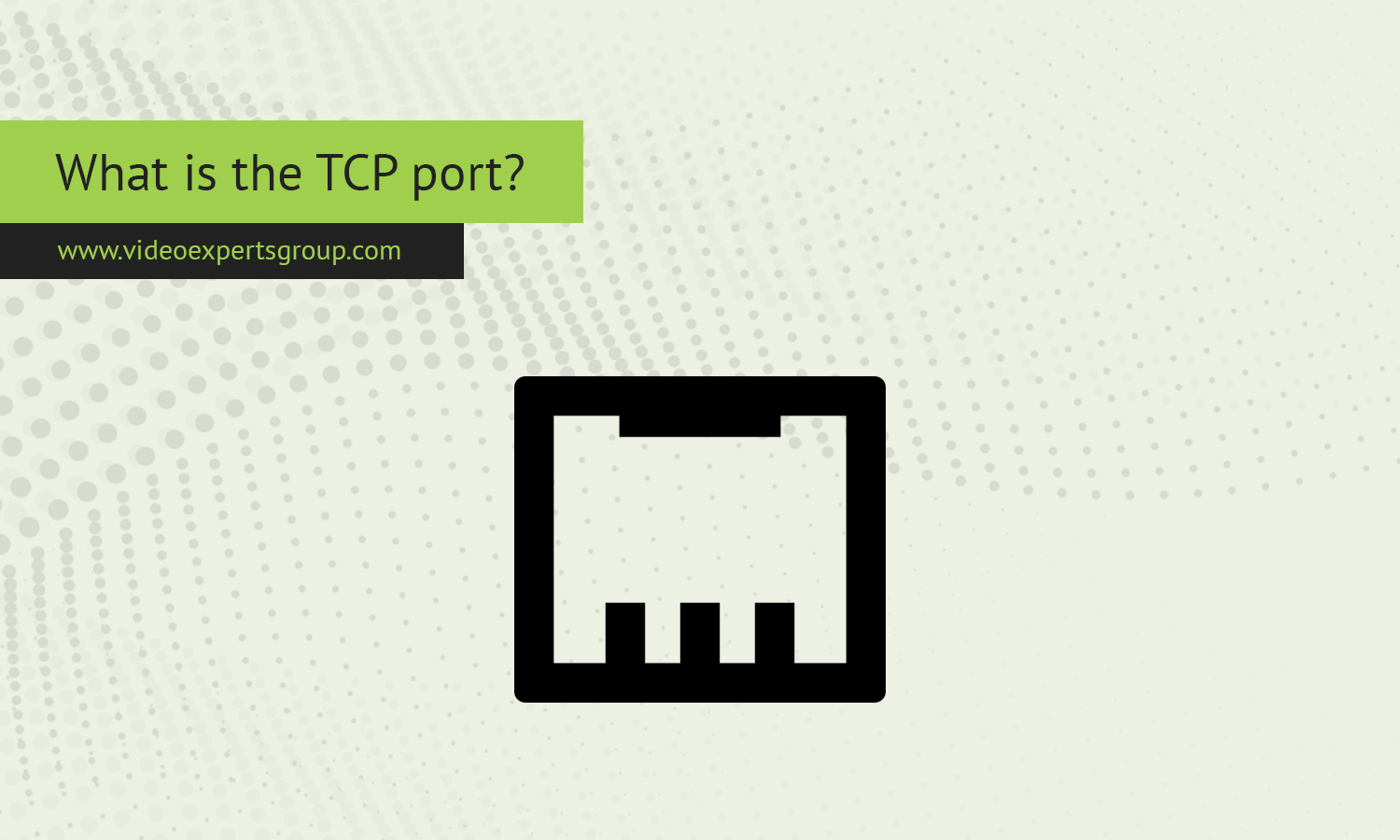Just like how our postal system needs addresses to deliver mail, computers and devices connected to the internet or a local network need specific addresses to send and receive data. One crucial element of this communication system is the TCP port. Understanding TCP ports is fundamental for anyone delving into networking, whether you're a student, a professional, or just curious about how data travels across the internet.
Definition
A TCP port (Transmission Control Protocol port) is a virtual point of connection that allows software applications to communicate over a network using the TCP/IP protocol suite. Think of it as a door that your computer opens to allow data to enter and leave. Each port is associated with a specific application or service running on a computer, enabling multiple applications to use the network simultaneously without interfering with each other.
The TCP protocol, which is responsible for ensuring reliable data transfer, uses ports to distinguish between different types of network traffic. For example, when you browse a website, your computer opens a TCP port to communicate with the web server's port, typically port 80 or 443. The combination of an IP address and a port number forms a socket, which uniquely identifies a specific communication path.
Range
TCP ports are identified by 16-bit numbers, ranging from 0 to 65535. This range is divided into different categories based on their usage and assignment:
-
Well-Known Ports (0-1023): These ports are reserved for system processes and well-known services. For instance, HTTP traffic typically uses port 80, while HTTPS traffic uses port 443. These ports are standard across all systems and are recognized by most devices and software.
-
Registered Ports (1024-49151): These ports are assigned by the Internet Assigned Numbers Authority (IANA) to specific services upon request. They are not as universally recognized as well-known ports but are used by many applications, such as database services or custom software.
-
Dynamic or Private Ports (49152-65535): Also known as ephemeral ports, these are used for temporary or private communications. When your computer makes a request to a server, it might open one of these ports to receive the response. These ports are not assigned to any specific service and are typically used on an as-needed basis.
Number List
Here are some common TCP ports and their associated services:
- Port 21: FTP (File Transfer Protocol) - Used for transferring files between computers.
- Port 22: SSH (Secure Shell) - Provides a secure channel for remote access to servers.
- Port 25: SMTP (Simple Mail Transfer Protocol) - Used for sending emails.
- Port 53: DNS (Domain Name System) - Resolves domain names into IP addresses.
- Port 80: HTTP (Hypertext Transfer Protocol) - The foundation of web browsing.
- Port 110: POP3 (Post Office Protocol 3) - Used by email clients to retrieve emails from a server.
- Port 143: IMAP (Internet Message Access Protocol) - Another protocol for retrieving emails, allowing for more complex email management.
- Port 443: HTTPS (Hypertext Transfer Protocol Secure) - An encrypted version of HTTP for secure communication.
- Port 3306: MySQL - Used for connecting to MySQL databases.
- Port 3389: RDP (Remote Desktop Protocol) - Used for remote access to Windows computers.
TCP ports play a vital role in managing network communications, allowing multiple services to coexist on the same device without conflicts. By understanding the basics of TCP ports, you gain insight into how data flows through networks, how different services interact, and how to troubleshoot common networking issues. Whether you're setting up a server, configuring a firewall, or just curious about networking, knowing about TCP ports is essential.
















